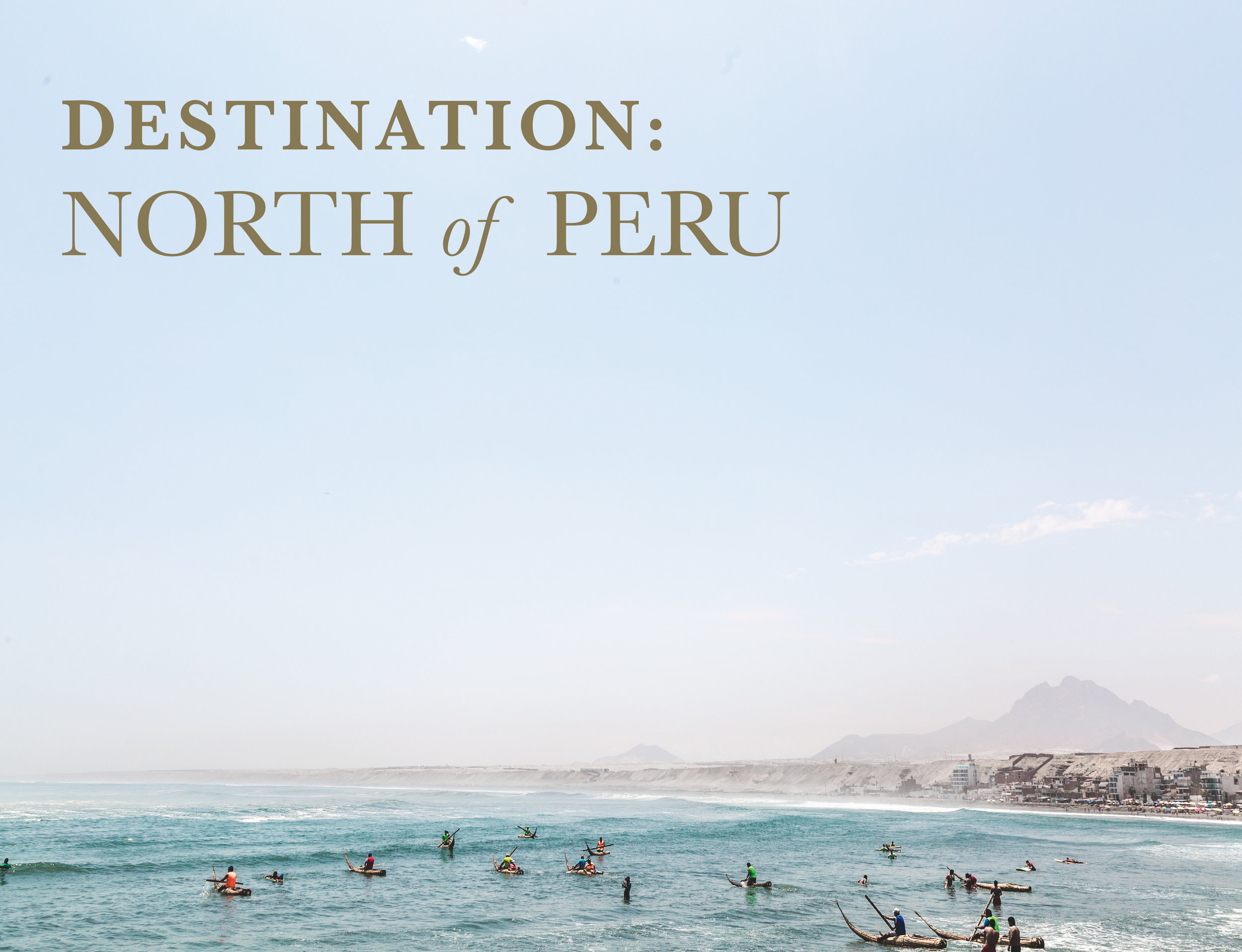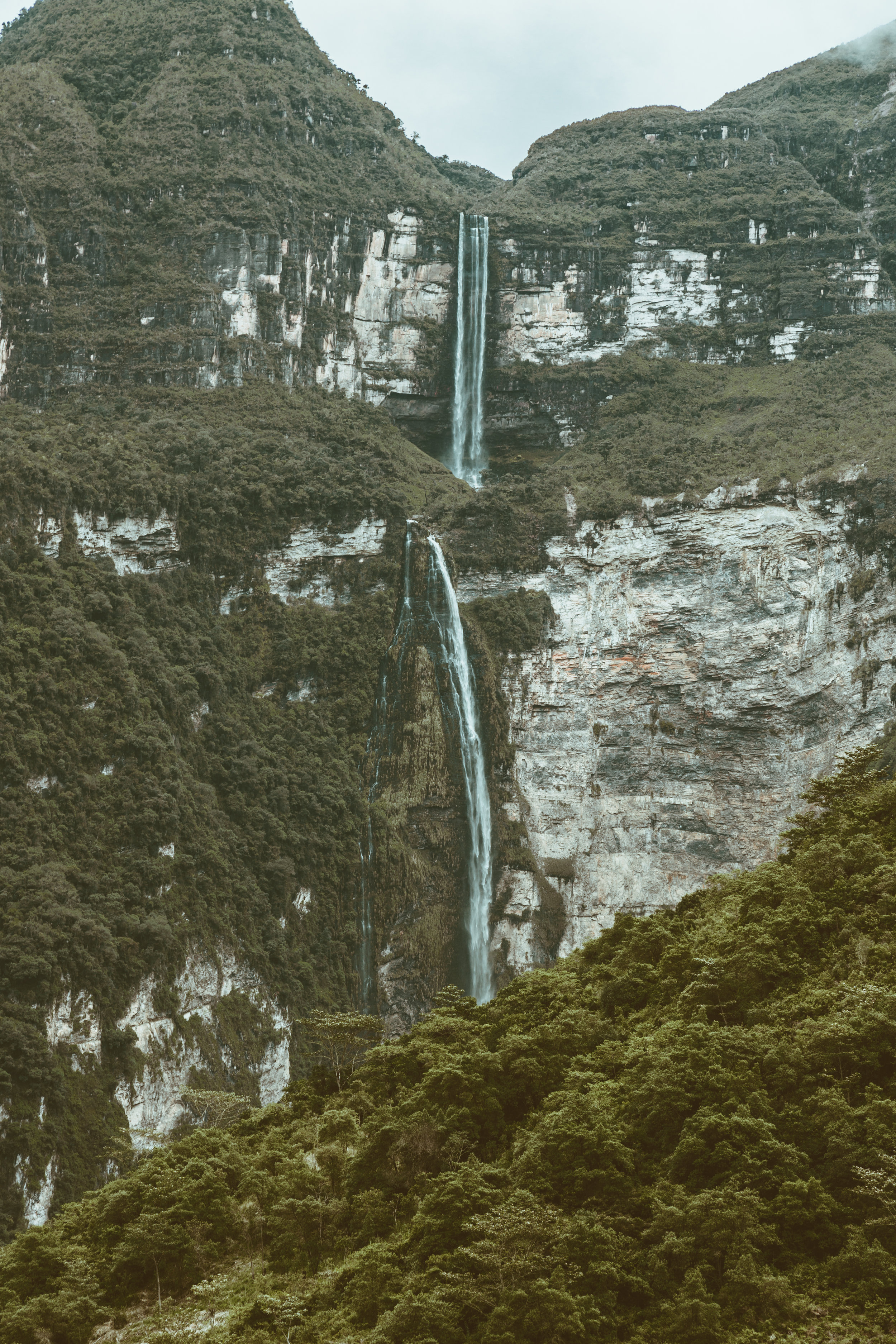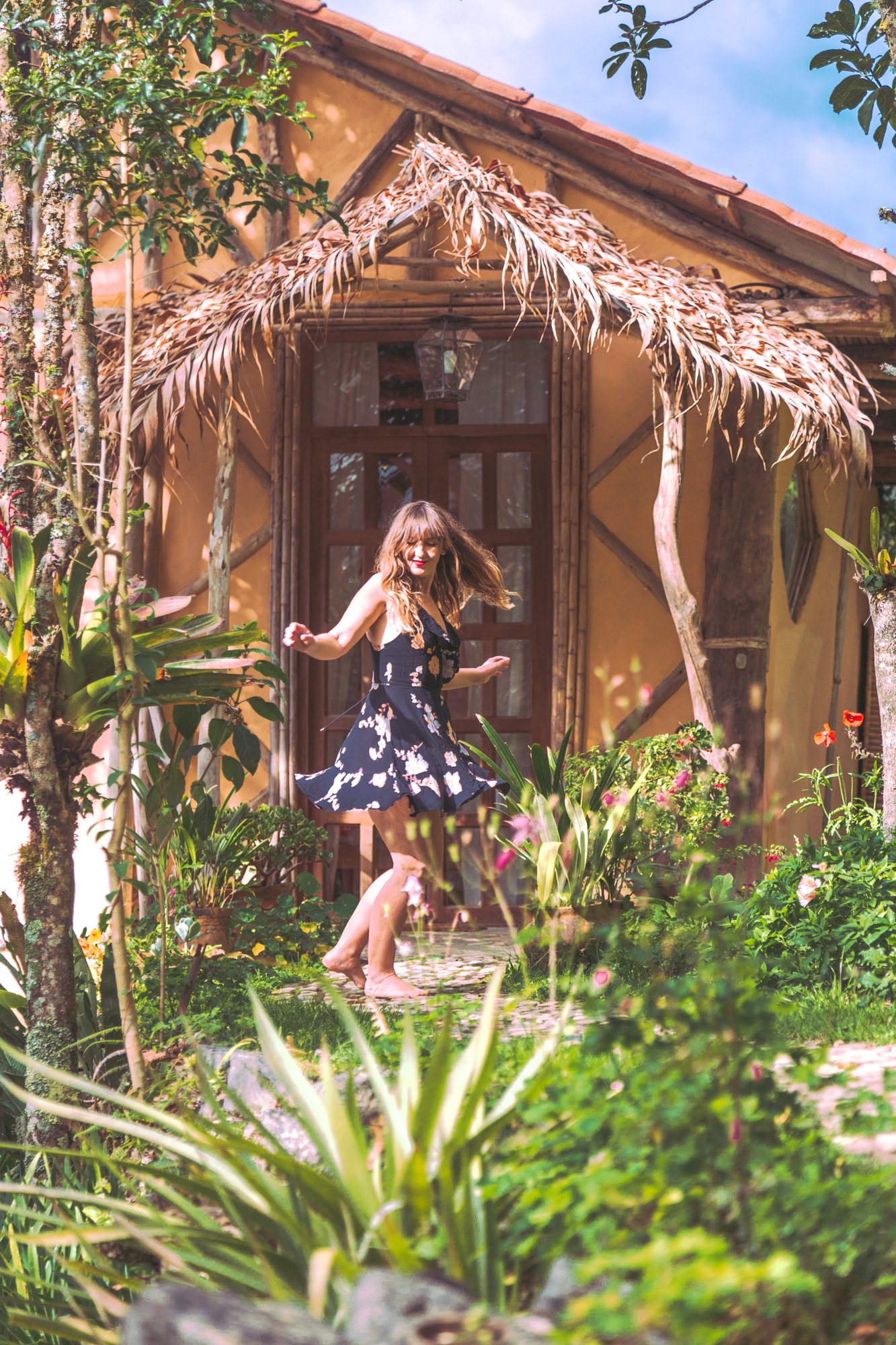We've recently had the pleasure of traveling in Peru for the second time. On our first trip to this country, in 2017 we toured mostly the south, which is the more common tourist route. This time we visited the lesser known parts and sites in the north of Peru. Here are some highlights from our trip.
If you are the type of a person, who loves archeological sites you will enjoy this area of Peru. We recommend getting a good guide, which is essential when visiting many archeological sites mentioned in this post, since most of them don't have proper signage. If you go on your own, you will not learn the history of these ancient cities and powerful civilizations. There is enough information about Machu Picchu you can read prior to visiting, but some of the archeological sites in the northern parts of Peru that we talk about, didn't have any signage at all. So again, hire a guide in an advance!
Kuelap, "A city in the clouds"
Kuelap is often called the Machu Picchu of the North, but unlike in Machu Picchu you won't find crowds of tourists here... yet. This ancient city, located in the cloud forest of the Amazonas in Peru, was built in the 6th century, by the Chachapoyas. Later this culture was conquered by the Incas, and you can see the differences between these cultures, in the architecture built by these different inhabitants. The Chachapoyas used ciricular shaped designs to build their homes, versus the Incas structures, which were more rectangular. Many dwellings were designed with reliefs mimicking the surrounding nature, like jaguars and snakes as well as geometric shapes. In its glory, approximately 3,000 people lived here. The are three narrow entrances to the city, surrounded by a 10-20 meter high wall, suggesting that the Chachapoyas were warriors prepared for invaders. This site, like many others in Peru was abandoned with the arrival of the Spanish conquistadors in the 16th century, only 70 years after they were conquered by the Incas.
Nowadays, you can reach this site by a short and comfortable 20 minute gondola ride, over a deep valley to the top of a misty hill, which adds even more mystery to this beautiful site. But it wasn't always so easy to get here. It used to take a full day to get here, first driving for hours on a treacherous road, barely hanging on the cliff, following a steep hike up the hill. We are predicting that as word spreads about this site, it will be as popular as Machu Picchu, so hurry up to beat the crowds and visit before it gets too busy. It is spectacular!
Gocta Falls
A nice hike throughout a lush forest to a spectral waterfall. It takes about 5 hours in total to hike this trail, with a lot of elevation, but the view at the end is totally worth it. A lot of people choose to hire horses, but we think if you are healthy it's not an extremely difficult hike. Yes, there are some steep hills, especially on the way back, but take your time and you will be glad you did it without any help.
Revash
This archeological site, with small miniature houses carved in a cliff, is actually a mausoleum of the Chachapoyas people, also known as the Cloud Warriors. There isn't much information about the Chachapoyas besides the artifacts founds in their settlements. The early written records by the Spanish describe them as white skinned and tall people, which may suggest that these people were Caucasian descendants, perhaps Vikings. Some records suggests that the Vikings reached South America way before the Spanish, in 1000 AD. The life of the Chachapoyas and this site remain a mystery to this day.
Cajamarca
A town in the highlands of Northern Peru, with typical Spanish colonial architecture. It's most famous for the Cajamarca battle, and capturing of the Inca emperor Atahualpa. You can visit the ransom room where Atahualpa was captured and held. On the wall of his cell, you can see the mark from his hand. The Spanish told Atahualpa to hold his hand strait above his head and said that if the room was filled with gold to reach it, he would be freed. The room was filled with treasures and gold but unfortunately for the Atahualpa, the Spanish conquistadors did not keep their promise and murdered him.
Leymebamba
We stopped here for lodging and to rest overnight before we reached our next destination. Leymebamba is known for its great museum, with over 200 mummies on display. We stayed at a beautiful hotel, across the museum, where you can watch hummingbirds from your porch.
Ketikambo Lodge, Leymebamba, Peru
Trujillo
A relaxing beach town on the coast of northern Lima. It's a popular stop for people who want to explore the nearby archeological sites, and backpackers enjoy the always sunny weather. Near the pier you can find beach front restaurants, bars and if you are lucky there will be some kind of performance. We saw a couple performing the traditional Marinera dance.
Chan Chan, Sun Sun
Is the largest pre-Columbian city in South America, and if we remember correctly from our tour, only about 5% of the site has been excavated. This abandoned city was completely covered, and some parts still are by the sands, unknown that it ever existed. Chan Chan city was built and occupied by the Chimu culture, and like many other civilizations in Peru they were also conquered by the Incas. The Chimu people were mostly fisherman and you can see many aquatic decorations incorporated in the thick adobe walls.
Huacas de Moche
Huacas de Moche is a complex of temples: Huaca de La Luna and Huaca del Sol, built by the Moche civilization, before the arrival of the Incas.
Huaca de La Luna, aka the Moon Temple looks like something out of this world, hence the name Temple of the Moon. This is a huge site, and archeologists have been working here for more that 20 years now, excavating the site. The most difficult process about excavating this temple is its structure, which is build like a Russian doll. In other words, imagine a layer or walls that were built around the first temple, expanding outwards. Nobody knows how many walls reaches the center. We asked our guide why the Moche built it that way, and she explained that they believed temples live and age like people and when they get old they need to rest and they get buried.
Since the climate in these parts is so dry, the drawings are very well preserved. We stopped at a site where our tour guide told us a crazy story. When she was starting as a young guide, she guided 3 older ladies from England. During the tour the 3 ladies stopped near a small mountain of sand and started to cry and prey. When the guide asked them what happened they responded that one day she will find out why this spot was so important! The guide thought to herself that all white people are crazy and she carried on. Fast forwards a few years, the archeologist uncovered a burial with sacrificed bodies that nobody knew was there, in the exact spot where the old ladies were praying. Yes, the ancient civilization in Peru, were the ones that sacrificed many people, children and even animals. Nobody was speared, sorry spared!
Have you been to Peru? If so what are your favorite places in Peru? Leave us a comment below.
Cheers!















